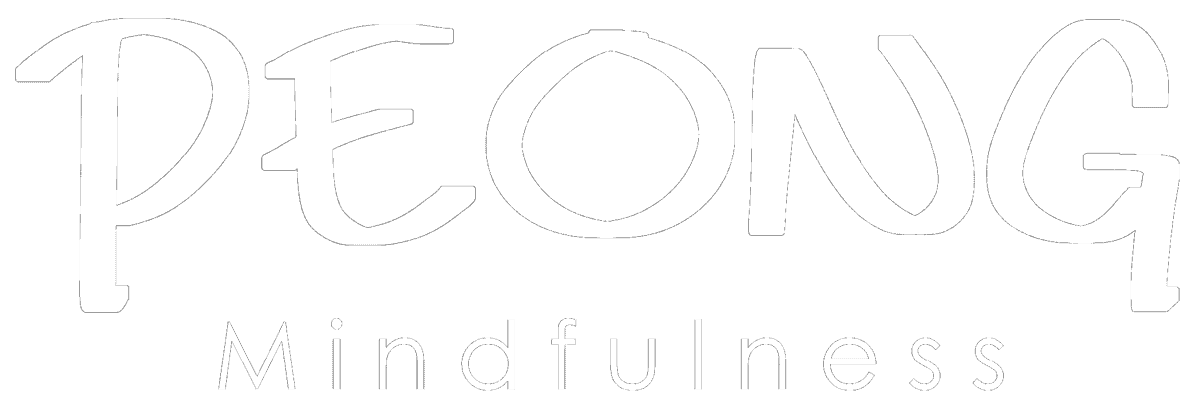Mindfulness is remembering to know the present moment clearly. The present moment refers to whatever object that is most prominent at the moment. The object could be a physical sensation like itchiness, pain, warmth, touching, seeing, hearing, tasting or smelling. It could also be an emotion or a thought. Here, we use the expression “know clearly”. Other expressions that mean the same thing are “see clearly”, “see precisely”, “be aware”, “observe”, “note clearly”, “notice clearly”, “comprehend” and “pay attention”.
Let’s examine the technique to “know clearly”.
- To know an object, bring awareness to the object and observe it with curiosity and kindness. Without curiosity, interest will wane and the mind wanders off quickly. In addition, we can label each object silently as it happens, to perceive more clearly the qualities of the experience.
- See the object correctly. Don’t confuse it with other things. The analogy is like seeing A, but thinking it is B instead. When you see the object correctly, there may be a shift. It could be the object disappearing, or it changes to something else, or a sense of clarity arises, or a sense of release arises. You may need to try a few times. Firstly, shift slightly from where you perceive the object is located. Next, change the way you look at the object by labelling it instead of just noticing it. And even change the label itself because maybe the previous label is incorrect.
When the object is not seen correctly, the sense of cloudiness or confusion may continue. I recall many years ago, during a retreat at Kota Tinggi, there was a sitting session in which for a long duration, I saw colourful patterns in my mind’s eye, evolving into different shapes, like a kaleidoscope. What is even more special is the usual numbness and leg pain when sitting cross-legged for a long period didn’t arise. I was ecstatic when reporting to the teacher about it. Only to have the teacher reminding me that the mind had played tricks on me. Meaning I had not seen the object correctly.

- Acknowledge the object promptly. Otherwise, you end up acknowledging an object that has already passed away and is no longer present.
- See the object in its entirety and not partially. See beyond the physical aspect. Include the corresponding emotion or mental aspect as well. Know the characteristics and manifestations of the object. For example, when there is pain, don’t just observe the soreness, but the accompanying aversion for the pain to go away.
- Pay attention with a balanced effort. Without enough effort, dullness may arise, the object is not clear, or you feel distanced from the object. At this point, you should change to notice the “dullness” or “not clear”. When the effort is too much, agitation may arise. At that point, you should change to notice “agitation”. Be patient with whatever experience that arises. Have a sense of acceptance if the sensation is unpleasant. And have a sense of letting go if the sensation is pleasant; not holding on to it.
Mindfulness is a skill. Skill needs to practise. Put these techniques into practice during breath meditation, and other mindfulness practices to experience the result.
